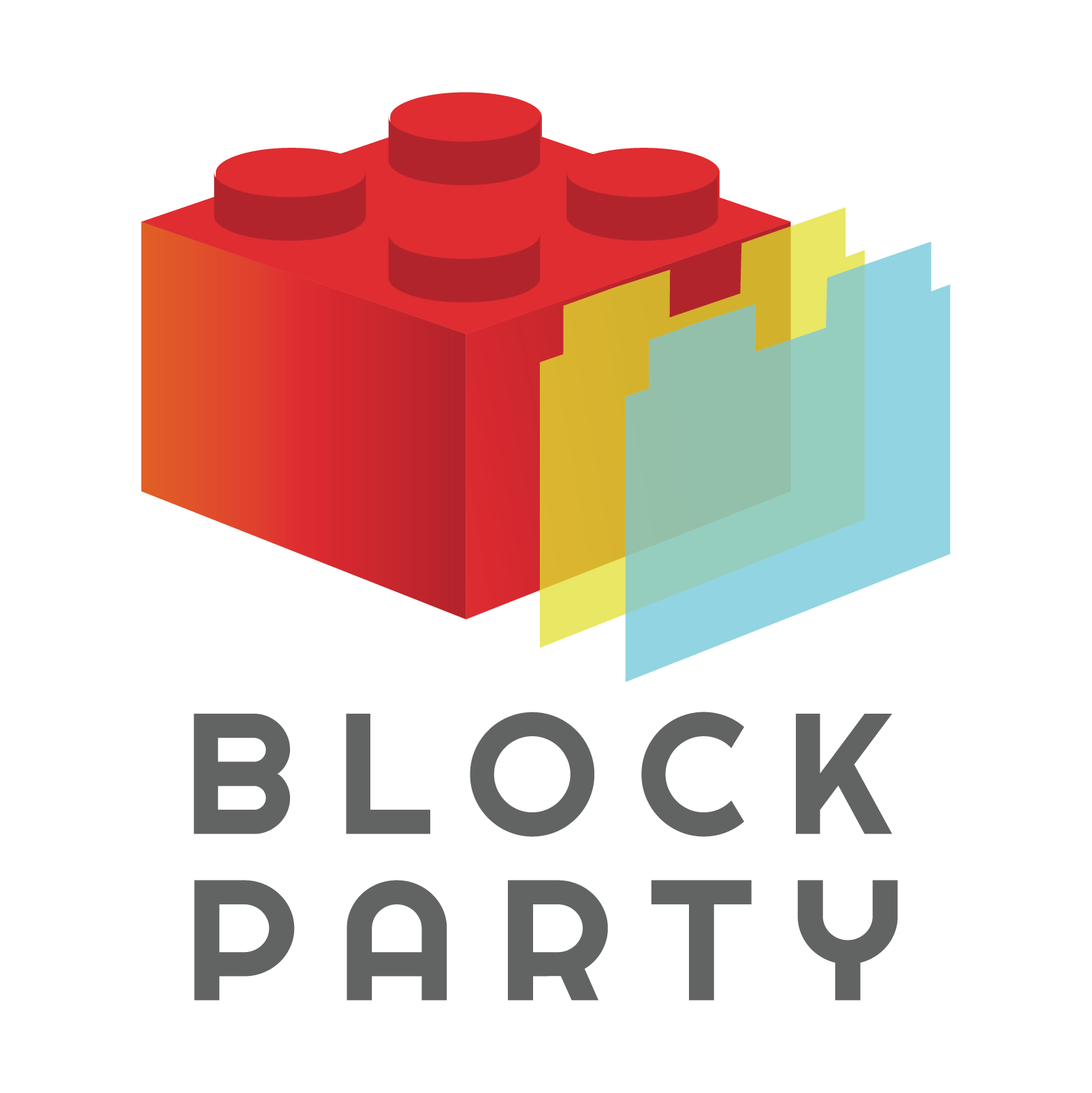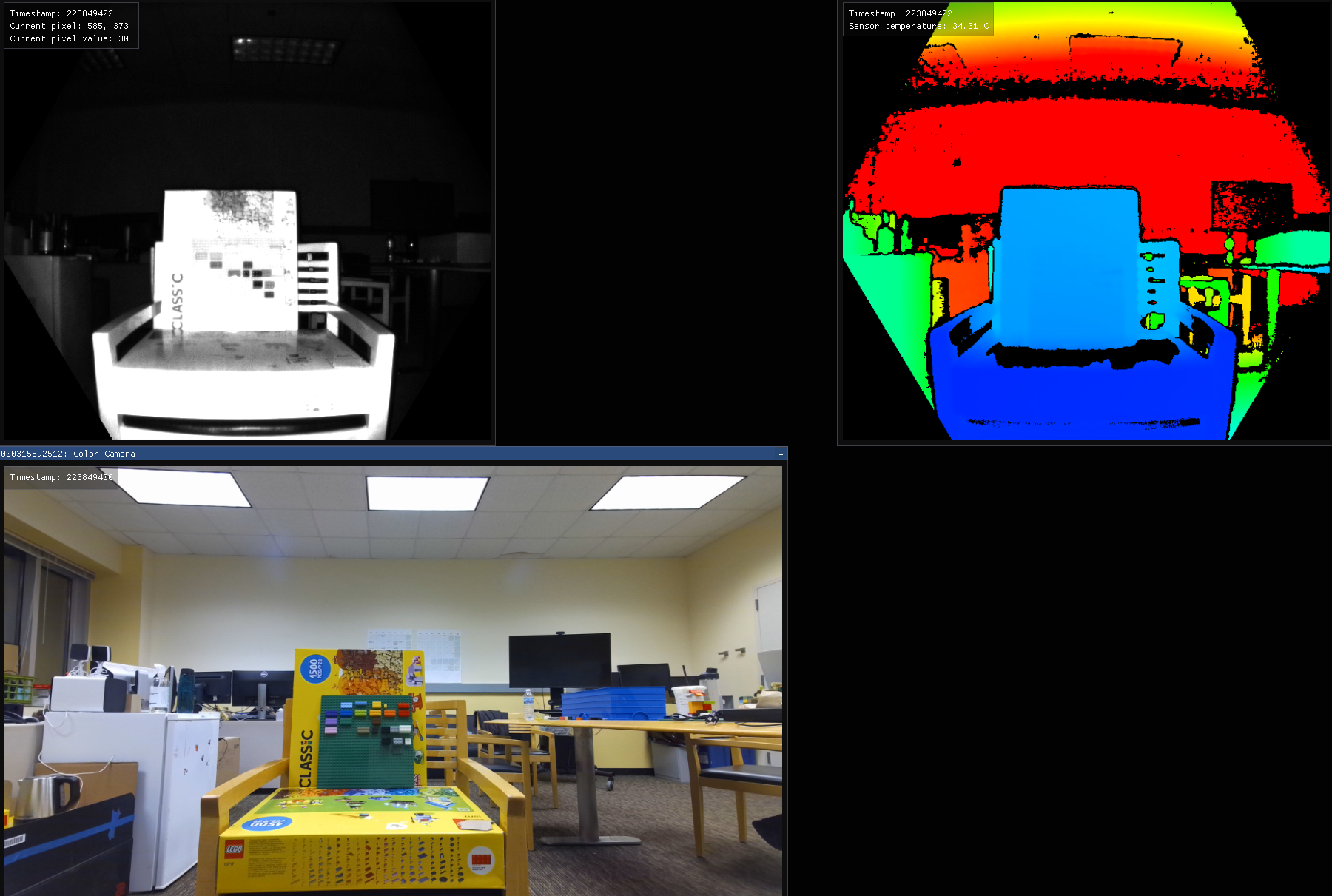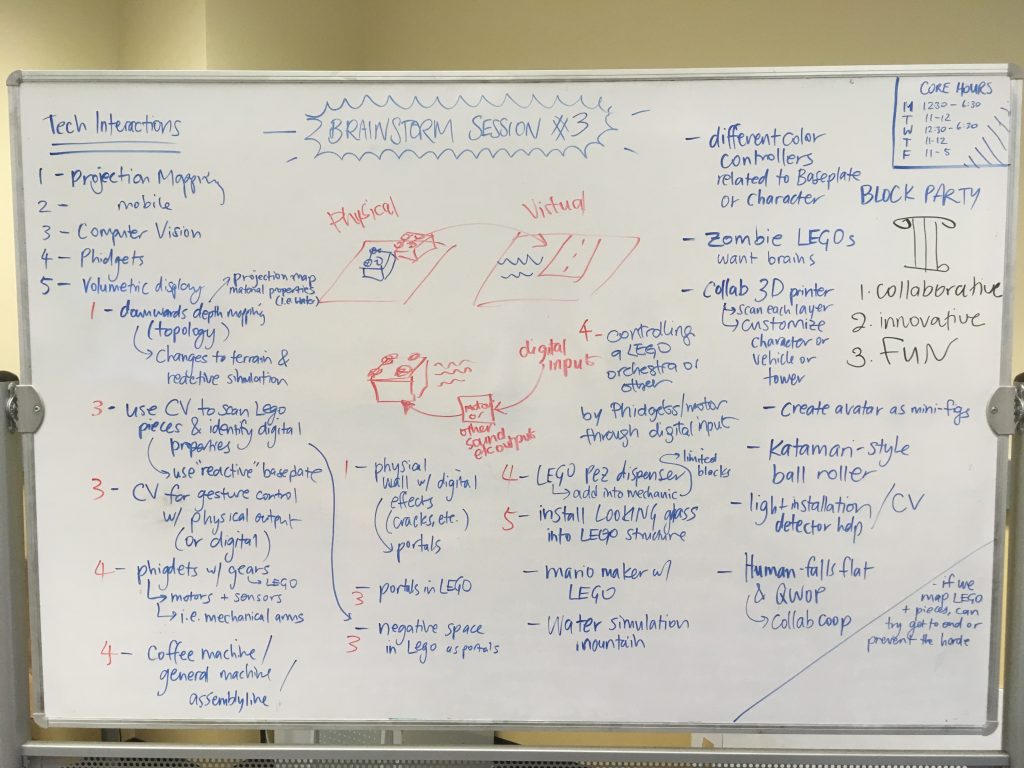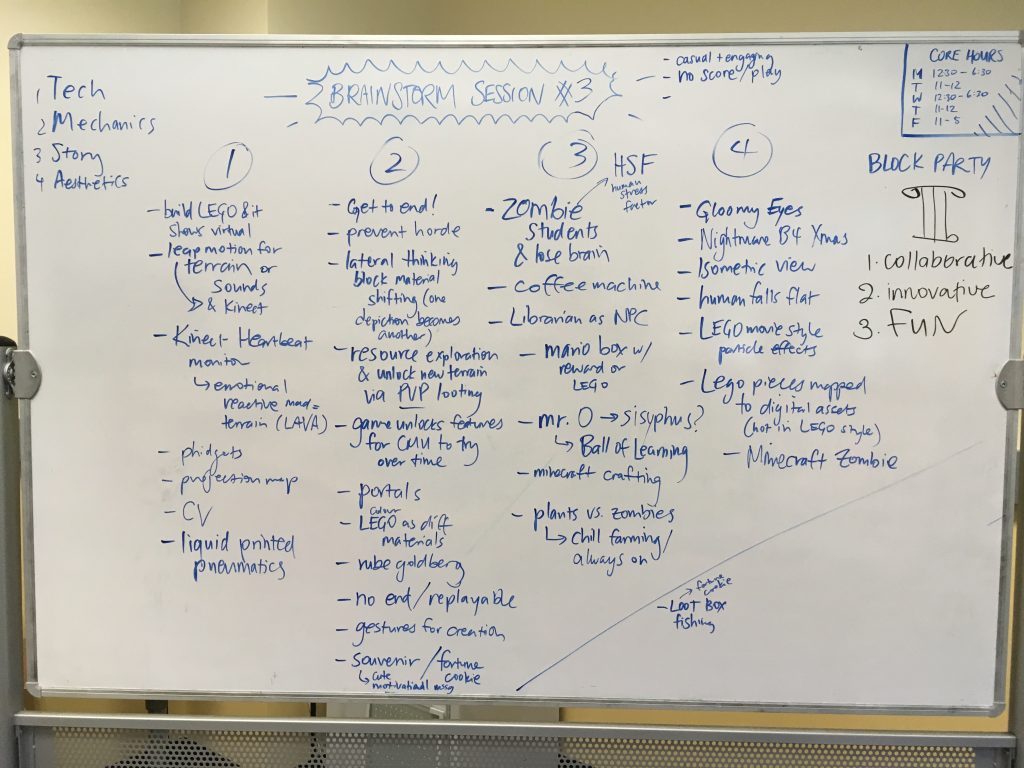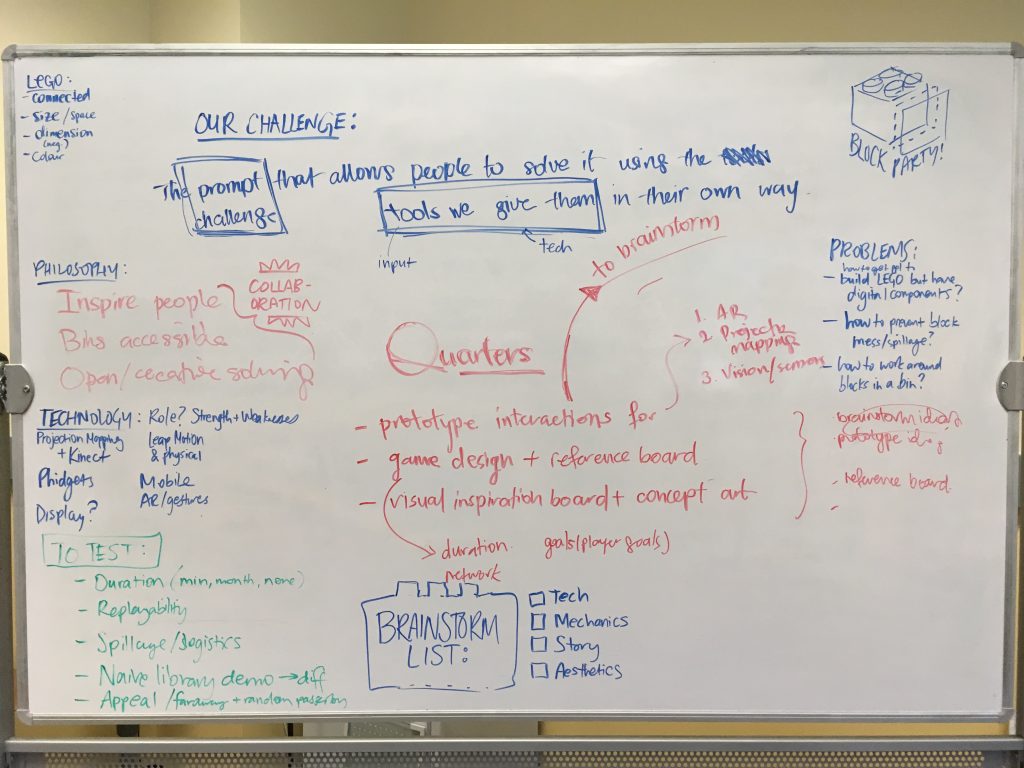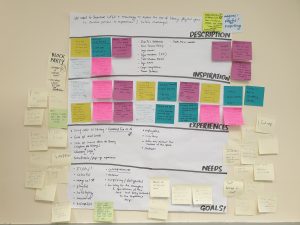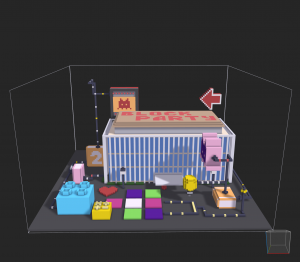This week, we presented ideas to our client and did some exploration on the tech front! Our presentation to the client went well – we talked about how our playtest at the library had gone, as well as the three directions we were considering (game, simulation, and playground). They agreed with our view on the different kinds of fun that these three directions provided and liked the rough gameplay mechanics we had so far!
One piece of feedback we got was that not everyone might enjoy the Zombie genre and we were cautioned against making it too Halloween-y, as our experience is meant to be a mainstay and not an October prop!
Tech Exploration
Since a big part of our project is dependent on what technology we decide to use, we’ve started getting our hands on some cool devices and trying out different things! Since the first week, we have a good idea of what technology everyone is interested in, so we’re diving into looking at various kinds of depth cameras: ZED mini, Intel RealSense, Kinect v2 and the new Kinect Azure. We tried out the ARFoundation example scenes as we’re also looking into ARKit and ARCore to see if we can use existing optimizations on computer vision detection techniques.
Here’s a point cloud generated by the Intel RealSense! We looked at how each of the depth cameras provides data and how stable it looked to be based on the software it comes bundled with. We wanted to check the stability of capturing mesh in different lighting environments.
Since we roughly know we want some kind of characters walking around an environment, we also started researching into navigation system implementation. We installed the AStar navigation plug-in for Unity and explore the algorithms and scenarios, and since we are working with LEGO, we deployed AStar navigation mesh into a grid-like structure. We then tested the real-time navigation route bake in uneven surfaces.
Ideation Week 3: Game Concepting and Experience Design
- Used the Elemental Tetrad concept for brainstorming games: this further distills what game concepts are important to the team, as well as brings up new ideas based on the constraints we’re beginning to familiarize ourselves with
- Technology: possible game ideas relating to our chosen technologies
- Story: possible story ideas relating to a possible game
- Mechanics: possible mechanics inspired by games we like individually, or game mechanics we’ve seen that relate to the project
- Aesthetics: visual styles and concepts we’ve seen that relate to our project
- Ideation: we wanted to amass as many ideas as possible in the first few weeks to create a bank of ideas and concepts to draw from later that the team is aligned on
- Based on the Elemental Tetrad brainstorming sessions, we prioritized the top ideas and synthesized the concepts into a conceivable Minimum Viable Product
- We wanted to create a game with a start and end point for a game like Super Mario Maker, Line Rider, Where’s My Water, and tower defense games
- We wanted to use a zombie student character who is physically dead from studying too much as a core narrative element
- We wanted to use a controller with physically moving parts and gesture-based interactions that could modulate the parameters of the flow simulation
- We wanted to be able to build terrain and introduce new things into the virtual environment directly with LEGO
- Based on the Elemental Tetrad brainstorming sessions, we prioritized the top ideas and synthesized the concepts into a conceivable Minimum Viable Product
- Concepting the MVP
- We realized that since LEGO should be played with physically, the building of LEGO itself should be an integral part of the mechanic
- We realized that fundamentally all versions of what we would create rely on the computer vision recognizing LEGO, so we needed to first understand the limitations of different sensors as well as their strengths and differences
